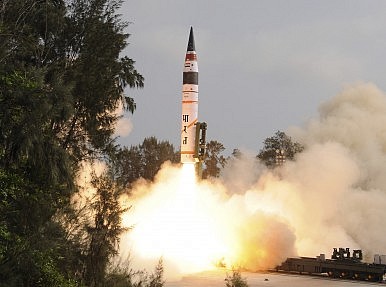- Joined
- Apr 29, 2015
- Messages
- 18,416
- Likes
- 56,946
Use this thread to discuss about Indian ASAT capability (via rockets, missiles, DEWs, or Railguns etc..),
Does India has capability, should it demonstrate or not, if yes advantages and consequences, when must be done.
For discussion DEWs,
We have a separate thread as well.
Indian Laser and Directed Energy Weapons (DEWs) Thread
For EMWs(something like Railgun),
Indian Navy has planned some new techs in next 15 years which includes railguns and railguns can be used as an ASAT asset.
India's navy wants 100 technologies by 2031 including railguns, hypersonic weapons and lasers
I'm kicking it off with a fresh article from The Diplomat Magazine.
@HariPrasad-1 @LETHALFORCE @sayareakd
@Kunal Biswas
@Gessler
Does India has capability, should it demonstrate or not, if yes advantages and consequences, when must be done.
For discussion DEWs,
We have a separate thread as well.
Indian Laser and Directed Energy Weapons (DEWs) Thread
For EMWs(something like Railgun),
Indian Navy has planned some new techs in next 15 years which includes railguns and railguns can be used as an ASAT asset.
India's navy wants 100 technologies by 2031 including railguns, hypersonic weapons and lasers
I'm kicking it off with a fresh article from The Diplomat Magazine.
@HariPrasad-1 @LETHALFORCE @sayareakd
@Kunal Biswas
@Gessler
Last edited:





